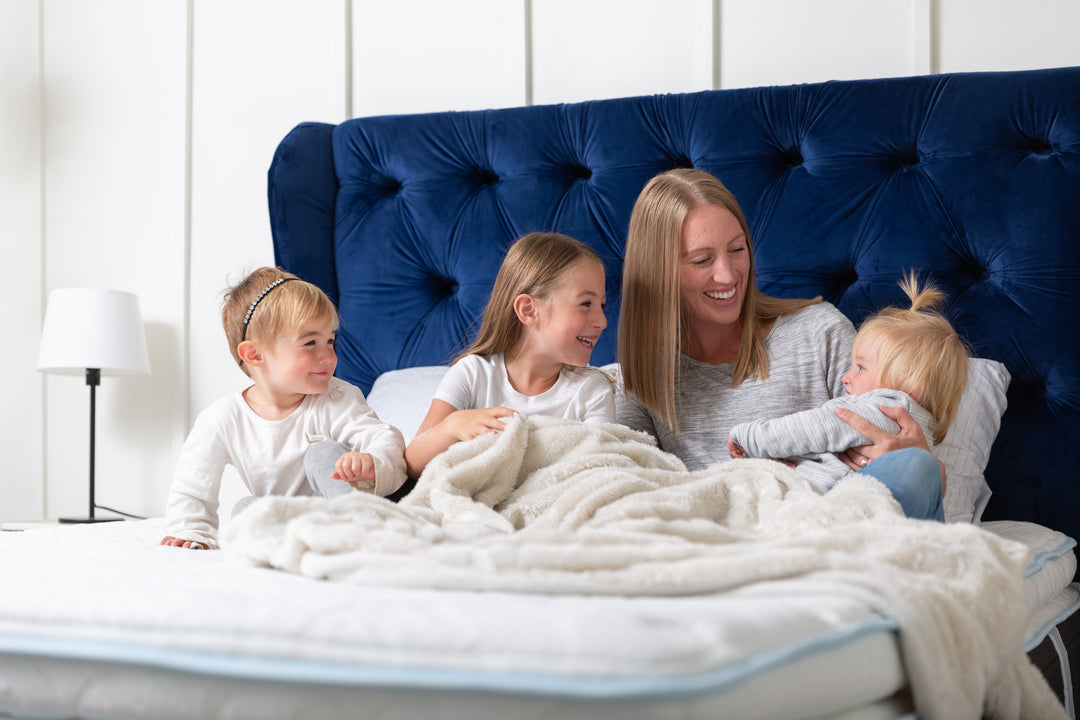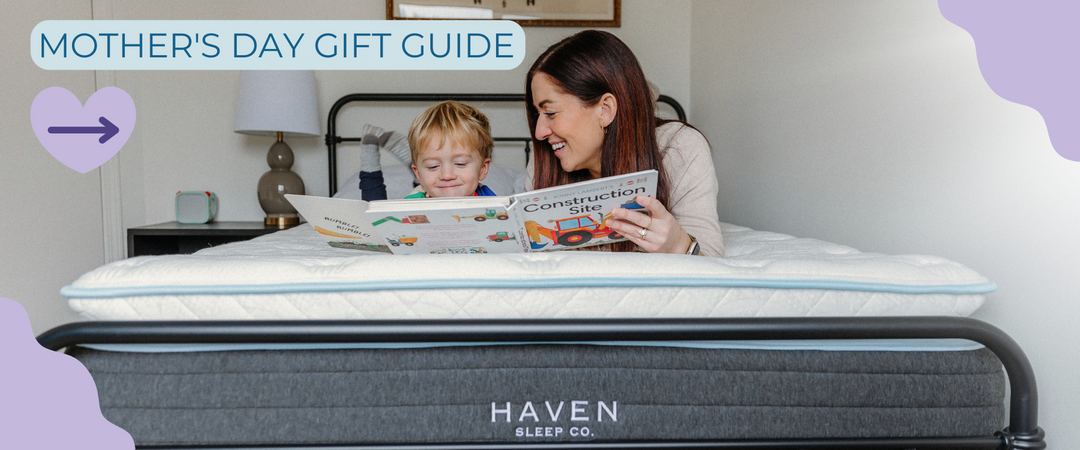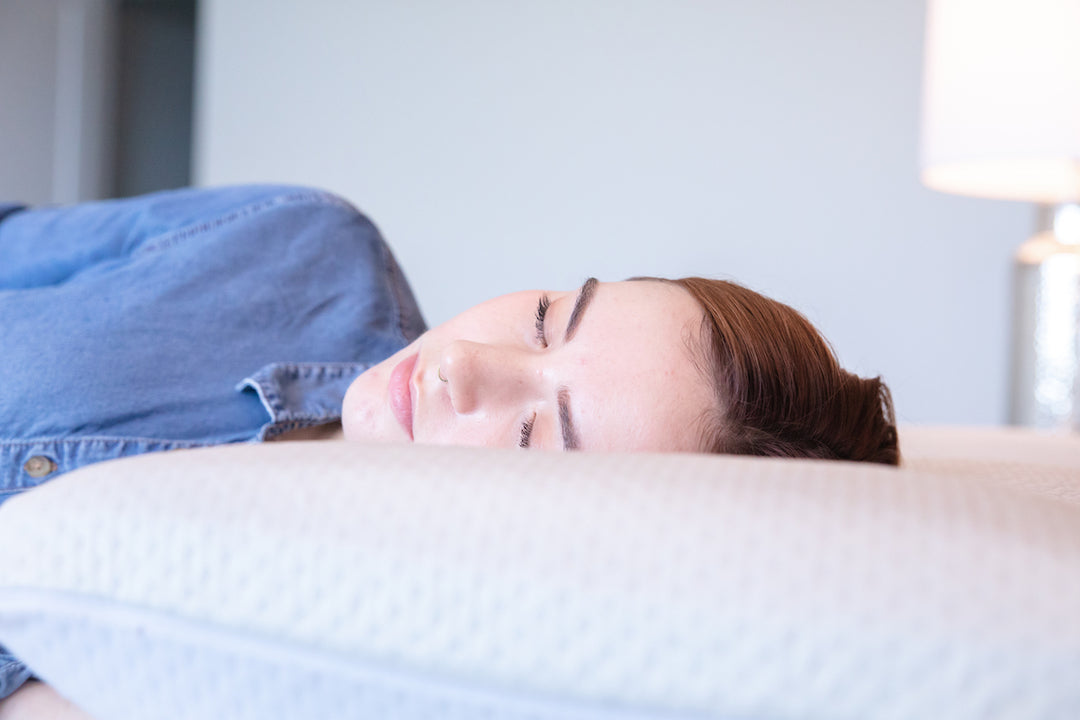
Tips to Maximize Your Sleep Environment
Written by Dr. Joti Samra, R.Psych.
Tips to Maximize your Sleep Environment
Sleep is an important part of our lives and an integral part of our overall health. With the busy lives we are living, many of us struggle to get enough sleep. Some of us may set aside enough time to sleep but forget some of the other important aspects of sleep hygiene. Because of this, we don’t get the best sleep we possibly could. One important part of sleep hygiene is your sleep environment. So it’s important to maximize your sleep environment to improve your overall sleep.
We spend (or should spend!) approximately one-third of our lives sleeping, so it makes sense that the environment is important. But, making sure our bedrooms are comfortable and conducive to sleep is an important part of sleep hygiene that’s easily overlooked.
So, how can we maximize our bedrooms for sleep?
How to Maximize our Bedroom for Sleep
The first, and perhaps most important, aspect of maximizing our sleep environment is changing how we think about our bedroom. Many of us do other activities in our bedrooms – such as watching TV, talking on the phone, having conversations with our partner, etc. These activities aren’t associated with sleep. Ideally, your bedroom should be used for only two things; sleep and sex. Everything else that’s done in your bedroom only serves the purpose to distract from sleep. But what’s the best way to go about making these changes?
1. Clean out the clutter.
Prioritize making your bedroom only for sleep. It isn’t your gym, home office or theatre. Start by removing things from your bedroom that have you going there for any activities other than sleep. This includes your TV (the hardest change for most people to make). But engaging in other activities in your bedroom leads your brain to associate those activities with the bedroom, and we want it only associated with sleep.
2. Ditch all electronics.
Another reason why removing the TV from your bedroom is a good idea is that electronics emit a blue light which can trick the body into reducing the production of melatonin which helps you to prepare for sleep. Also, light is generally associated with wakefulness. If you must keep your smartphone in the room, the best practice is to keep it flipped face down so any notifications do not wake you with the screen lighting up. The biggest reason people have for keeping phones next to their bed is it serves the dual function of being an alarm clock. So a useful tip is to put it on ‘airplane mode’ (the alarm will still work!).
3. Keep your alarm clock away from the bed.
Alarm clocks also emit a light that can be distracting for sleep. Many people also find themselves looking at their alarm clock periodically throughout the night, which can contribute to worry thoughts associated with sleep. Ideally, your alarm clock should be set for the same time every day, placed across the room and facing away from the bed.
4. Keep your room dark.
We’ve already mentioned how light, in general, promotes wakefulness and how this makes electronics problematic prior to bedtime. This also holds true for other light sources including lamps, nightlights and outside light. If possible, it’s best to have blackout curtains, blinds on your windows, or to use eyeshades.
5. Keep your room quiet.
Many people may think it’s important to have complete silence when it comes to sleep, but that’s not the case. When it comes to sleep and noise, inconsistency is what causes the biggest disruption. If you live in an area where noise is out of your control, like a high traffic area, try sleeping with a sound machine or a white noise machine. Sound machines produce soothing, mellow sounds that not only help you relax for sleep but drown out other sounds that may wake you.
6. Keep your room cool.
As you go to sleep, your body temperature begins to drop as it prepares itself for slumber. Keeping your room a cool temperature, around 18 degrees, can help aid the process of cooling your body. Also, if you’re inclined, it’s helpful to know sleeping naked may not only increase the chances you’ll sleep comfortably, but it also helps cool your body down.
7. Make your bed comfortable.
Having a comfortable bed is an important part of getting a good night’s sleep. If you’re waking up stiff, numb or uncomfortable in any way it may be time to replace your mattress or pillows.
8. Paint your bedroom (optional).
Studies suggest that particular colours, like blue and green, are associated with calmness and may, therefore, result in more restful sleep.
Final Thoughts
There are many small day-to-day things that impact our sleep that we don’t even consider. But thankfully many of these things are relatively easy to change; all we have to do is start prioritizing our sleep. Think about what in your current bedroom environment is not conducive to sleep, and what minor changes you can make today. Taking the time to maximize your sleep environment is a great first step in improving your sleep. Once you have taken steps to maximize your sleep environment continue reading about what other sleep hygiene principles you can incorporate into your daily routine.
Dr. Joti Samra, R.Psych. is the Clinic Founder of Dr. Joti Samra, R.Psych. & Associates and the CEO and Founder of MyWorkplaceHealth. Learn more about their clinical counsellingand workplace consulting services.






